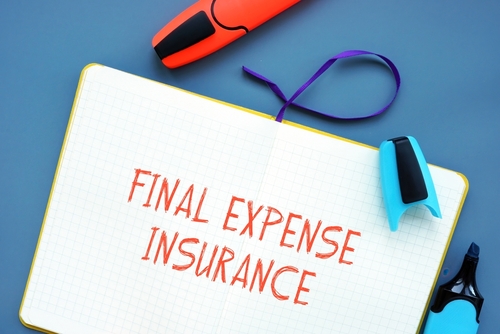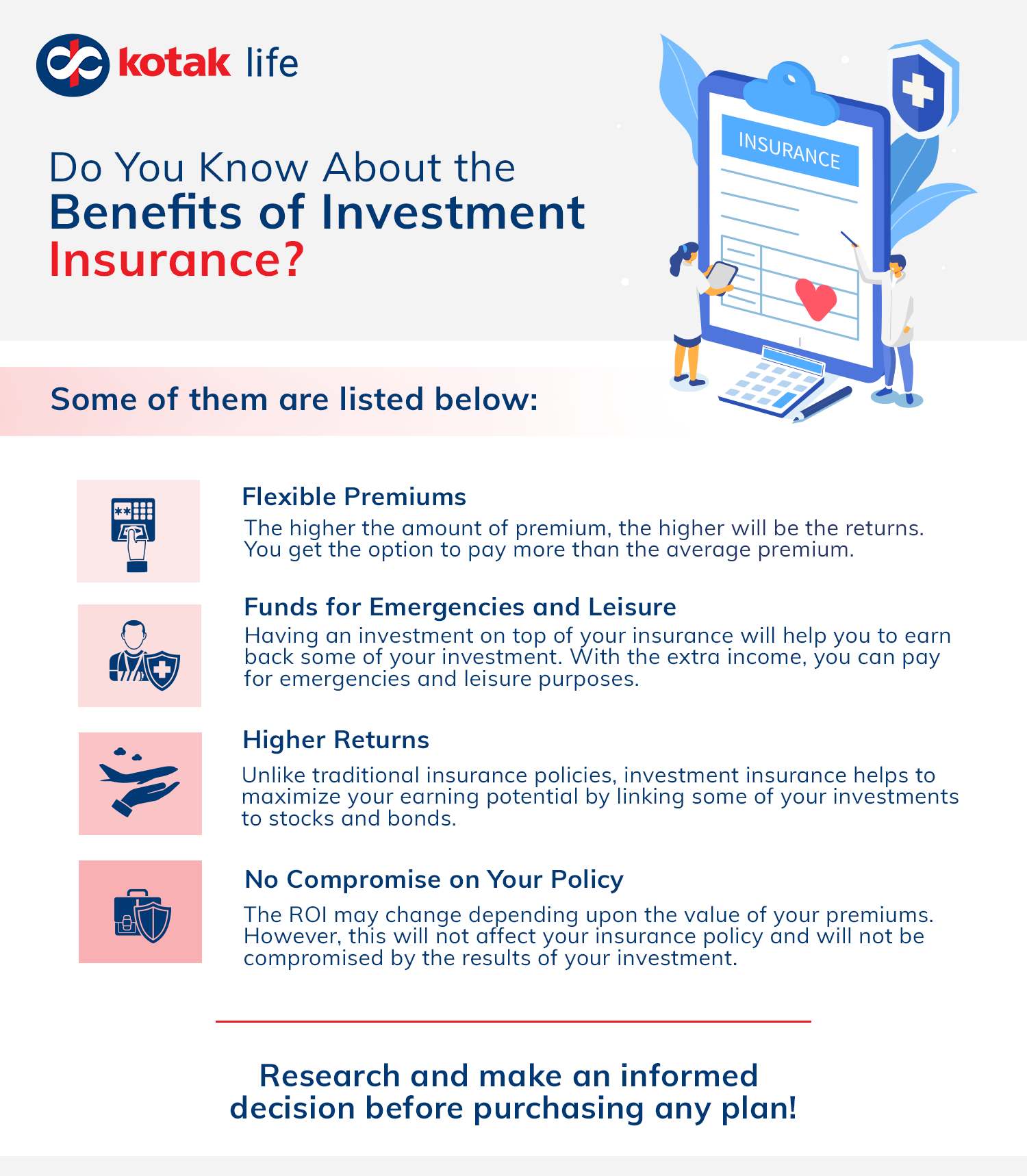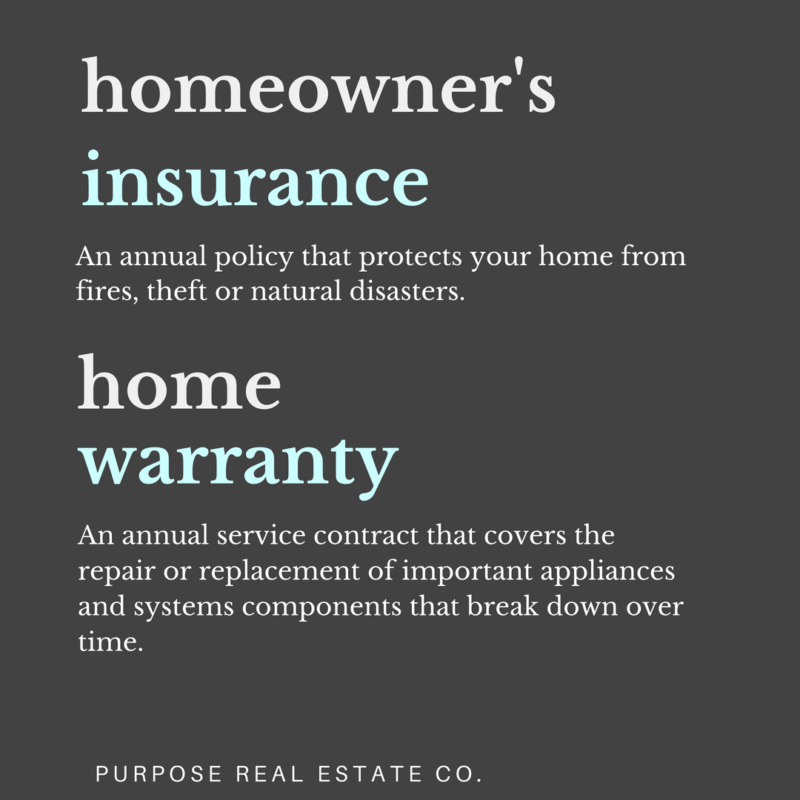Unknown Facts About Pacific Prime
Unknown Facts About Pacific Prime
Blog Article
The Only Guide to Pacific Prime
Table of ContentsThe 8-Second Trick For Pacific Prime9 Simple Techniques For Pacific PrimeOur Pacific Prime IdeasThe smart Trick of Pacific Prime That Nobody is Talking About
In the majority of states, the insurance firm is called for to send you a duplicate of the changes to your plan. It is essential that you review Recommendations or Riders so you understand just how your policy has actually changed and if the policy is still appropriate to fulfill your requirements. To acquire a duplicate of your insurance plan, please call your insurance policy representative or business.
The Institute of Medication (IOM) Board on the Repercussions of Uninsurance launches an extended evaluation of proof that addresses the value of medical insurance coverage with the magazine of this report. Coverage Issues is the very first in a series of 6 reports that will certainly be provided over the next 2 years documenting the reality and effects of having an estimated 40 million individuals in the USA without medical insurance protection.

The smart Trick of Pacific Prime That Nobody is Talking About
The objective of this collection of studies is to refocus policy interest on a historical problem. Following the longest financial development in American background, in 1999, an estimated one out of every six Americans32 million adults under the age of 65 and greater than 10 million childrenremains without insurance (Mills, 2000).

10 percent of the populace make up 70 percent of healthcare expenditures, a relationship that has actually continued to be continuous over the previous 3 years (Berk and Monheit, 2001) - international health insurance. Thus medical insurance remains to offer the feature of spreading out threat even as it increasingly finances routine care. From the perspective of health treatment carriers, insurance coverage carried by their people aids secure an income stream, and neighborhoods profit from economically feasible and stable health and wellness treatment experts and establishments
Federal government gives wellness insurance policy to populaces whom the personal market may not serve effectively, such as disabled and seniors, and populations whose access to healthcare is socially valued, such as kids and expecting women. The ultimate ends of medical insurance protection for the private and communities, consisting of work environment neighborhoods of employees and employers, are boosted wellness results and lifestyle.
Not known Incorrect Statements About Pacific Prime
Workers rank medical insurance initially by far in relevance among all the benefits supplied in the workplace (Salisbury, 2001). There have actually been large investments of personal and public funds to give health and wellness insurance, lots of individuals still have no protection. Despite substantial coverage of survey findings and health and wellness treatment research results, the public remains baffled and misinformed regarding Americans without wellness insurance and the implications of doing not have insurance coverage.

Without concern, the intricacy of American healthcare funding mechanisms and the riches of sources of information add to the public's confusion and uncertainty concerning medical insurance statistics and their interpretation. This record and those that will follow objective to distill and present in easily easy to understand terms the considerable research that births on questions of medical insurance coverage and its value.
Fifty-seven percent of Americans questioned in 1999 thought that those without wellness insurance are "able to obtain the treatment they require from medical professionals and hospitals" (Blendon et al., 1999, p. 207). In 1993, when nationwide interest was concentrated on the issues of the without insurance and on pending health and wellness treatment regulations, just 43 percent of those polled held this idea (Blendon et al., 1999).

They likewise receive fewer preventative solutions and are less likely to have normal treatment for chronic problems such as high blood pressure and diabetic issues. Chronic conditions can cause costly and disabling problems if they are not well taken care of (Lurie et al., 1984; Lurie et al., 1986; Ayanian et al., 2000). One nationwide survey asked greater than 3,400 adults about 15 very major or morbid problems.
8 Easy Facts About Pacific Prime Shown
Extra proof is presented later in this chapter in the discussion of insurance policy and access to wellness care. https://businesslistingplus.com/profile/pacificpr1me/. People without medical insurance are young and healthy and pick to go without insurance coverage. Practically fifty percent (43 percent) of those checked in 2000 thought that view it now people without medical insurance are more probable to have health troubles than people with insurance coverage
Citizens and policy manufacturers in focus group conversations characterize those without insurance policy as young people that have the opportunity to be covered and feel they do not need it (Concierge Novelli, 2001). Compared to those with a minimum of some private insurance coverage, the without insurance are much less likely to report being in superb or excellent wellness (Agency for Health Care Study and Quality, 2001).
SOURCE: Center for Expense and Funding Studies, Agency for Health Care Study and Quality, based on MEPS data. Young person in between 19 and 34 are much more likely to lack medical insurance than any type of various other age. This is primarily because they are less typically qualified for employment-based insurance policy as a result of the nature of their work or their brief period in it.
The perception that people without insurance have better-than-average health follows from confusing the fairly young age profile of the uninsured with the better health, generally, of younger persons. This obscures the web link in between wellness standing and medical insurance. For those without accessibility to office medical insurance, poor health is a potential barrier to acquiring nongroup coverage due to the fact that such insurance coverage might be extremely priced, exclude pre-existing problems, or be just not available.
Report this page